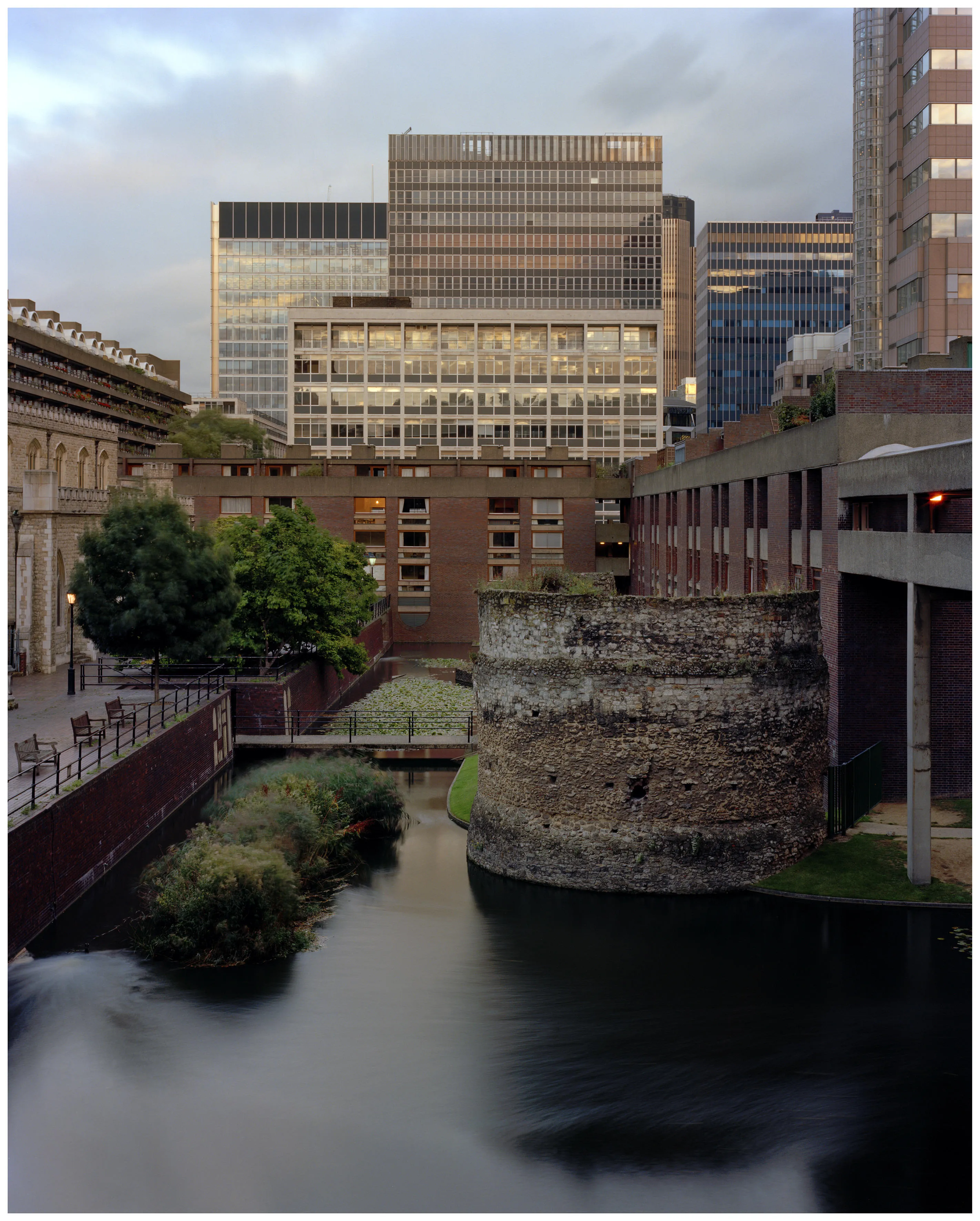Concealed surveillance technology can promote inequality, hide political aims, and threaten individual freedoms, says Dr George Legg, Senior Lecturer in Liberal Arts and London in the Department of Interdisciplinary Humanities.
In 'Capturing the urban palimpsest: late-photography and the banality of surveillance in Henrietta Williams's Ring of Steel (2011)', Dr Legg argues security systems mould the urban geography of London in unnoticed ways, with focus on the 'Ring of Steel' around the City.
Through analysis of Henrietta Williams' photographs of the Ring of Steel taken in 2011, Dr Legg highlights how security is maintained through covert and subtle methods, rather than by visible displays of force. This is achieved through technology disguised as planters, bollards or architectural features - which are typically unobserved by the public.
With modern technology positioned alongside the remnants of London's ancient fortifications, Dr Legg poses that Williams' photographs invite the viewer to consider the ideological function of security systems and how they may promote inequality and reinforce biases.
He suggests that the political function of such security becomes more obscure as the technology itself becomes more invisible, preventing any underlying ideologies from being scrutinised.
The smart city of the twenty-first century isn't some neutral construction, but one that has evolved out of a unique set of political circumstances - be that Britain's response to the Northern Irish Troubles or the human biases and prejudices that knowingly (or unknowingly) underpin our brave new world of machine learning and "artificial intelligence".
Dr George Legg, Senior Lecturer in Liberal Arts and London

The origins of the Ring of Steel
Security in the City of London was reviewed after two IRA bombings in the 1990s. To protect the City from further terrorism, officials created a security barrier around the Square Mile's perimeter known as the Ring of Steel. The initial remnants of the system are visible in the police boxes and bollards around the City.
Today the ring relies on less visible elements of security systems, such as CCTV, AI and facial recognition. This creates 'banal surveillance', which shapes life in the City without people realising how or why.
[Williams] reminds us of the exclusory perspectives that subtend surveillance architecture - no matter how neutral, or banal, that infrastructure appears to be.
Dr George Legg in 'Capturing the urban palimpsest: late-photography and the banality of surveillance in Henrietta Williams's Ring of Steel (2011)'
The research highlights the significance of Williams' 'late photography' style in capturing the Ring of Steel, where the aftermath of an event is captured rather than the event itself. Her images show London's overlapping old and new defences, shaped by power and history.
Dr Legg calls the layering in these photographs an 'urban palimpsest', which refers to a document where newer writing has been superimposed on top of earlier writing. A palimpsest can be reused or altered, but still bears visible traces of its earlier form - as does London's geography.







